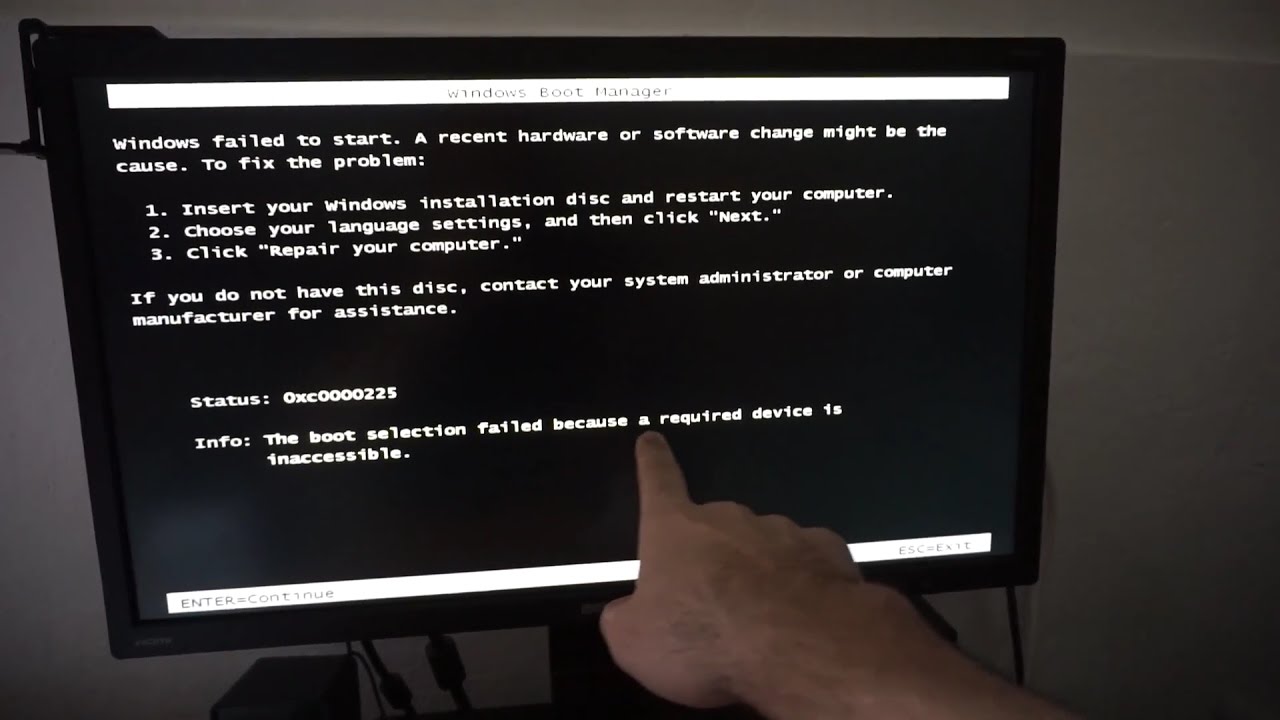How To Fix Laptop Not Booting From USB
Have you ever encountered a problem with your computer not booting up properly? It can be frustrating to see your computer fail to start, especially when you're in the middle of an important project. But fear not! In this article, we will explore some common causes of booting problems and provide solutions to help you get back on track. Let's dive in!

Hardware Issues
One of the main culprits of booting problems is hardware failure. This can be caused by a variety of issues, including a faulty power supply unit (PSU), RAM failure, or issues with the motherboard. To determine if hardware failure is the cause of your computer's boot issues, you can perform a series of tests to check each component.
If your PSU is faulty, your computer may not receive enough power to boot up. It's recommended to replace your PSU with a new one to solve this problem. A failing RAM module can also cause booting issues, so it's worth checking to see if your computer beeps while booting up. If it does, you may need to replace the failing RAM module.
On the other hand, motherboard issues can be hard to identify, but a common sign is when your computer fails to boot or restarts randomly. In this case, it's best to take your computer to a professional technician for repair.
Software Problems
In some cases, booting issues can be caused by software problems. Corrupted system files, malware infections, or issues with device drivers are common sources of software problems that can cause your computer to fail to boot up.
For corrupted system files, you can use the Windows Recovery Environment (WinRE) to fix the issue. To access WinRE, restart your computer and press F8 until the Advanced Boot Options menu appears. Select Repair Your Computer and follow the prompts to access WinRE.
Malware infections can be prevented by installing a reliable antivirus program and scanning your computer regularly. If you suspect that your computer has been infected by malware, start your computer in safe mode and run a full system scan.
Finally, issues with device drivers can be fixed by updating them or rolling back to a previous version. To do this, open the Device Manager and select the device with the issue. Right-click and select Update Driver or Roll Back Driver.
Operating System Problems
If your computer fails to boot up, it can also be caused by problems with the operating system. These can be caused by corrupted registry files, damaged system files, or issues with system updates.
To fix registry or system file issues, you can use the System File Checker (SFC) utility. Open the Command Prompt as an administrator and type sfc /scannow. Press Enter and wait for the scan to finish. If any issues are found, SFC will fix them automatically.
If issues persist after running SFC, you can try to repair your operating system using the Windows installation media. Insert the installation media and boot your computer from it. Select your language preferences and click Repair Your Computer. Follow the prompts to access WinRE and select Troubleshoot > Advanced options > Startup Repair.
Conclusion
Experiencing booting issues with your computer can be a frustrating experience, but hopefully, this article has helped you to identify some common causes and provided you with solutions to get your computer back up and running. If you are still having issues, it's recommended to take your computer to a professional technician for repair.
